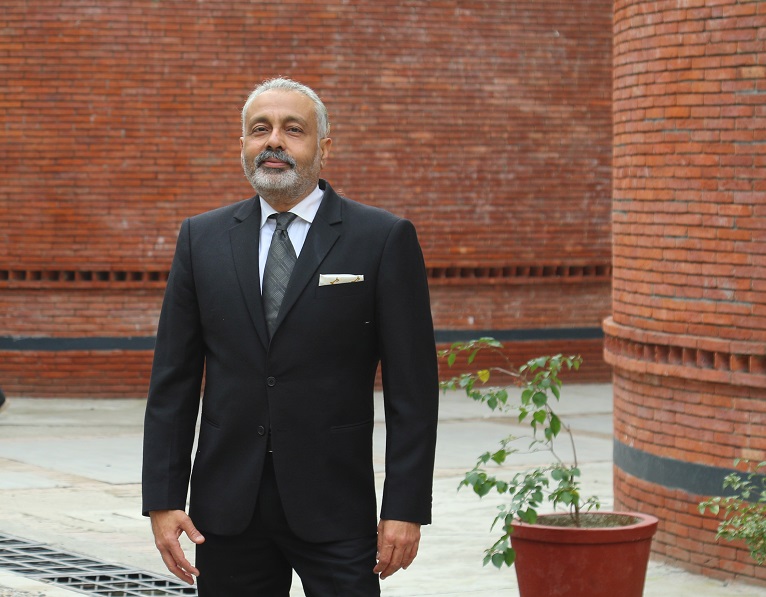Social media for Education - Anoop Singh Bishnoi
Social media has transformed the way we connect and communicate with one another both in our personal and professional lives. Teachers and administrators have recognized the value of social media in education. The best teachers are now embracing social media’s role in the classroom.
If you ask what impact does social media have on education? The most significant advantage is engagement. “Many of us did not have to learn how to use social media safely and effectively as children. However, it is a reality for today’s children. The power they now wield did not previously exist. And that comes with awesome responsibilities as well as awesome consequences, which is why they need to be taught the ins and outs of the internet world.” Says Anoop Singh Bishnoi. Furthermore, the majority of social networking sites and resources are free! This is especially useful if you are a teacher with a limited budget for materials.
It's not just beneficial to students. Social media can aid in the development of relationships between teachers and learners. Social media can also be a valuable professional development tool for educators. Inviting social media into your classroom rather than resisting it can have significant benefits. It can be used to encourage collaboration, share resources and ideas, and provide real-time feedback. “Students, in particular, are more familiar with social media as a communication platform. It's not just about leaving a comment on a friend's Facebook status. Social media has become a source of information for people of all ages and demographics. What better way to filter this information than teaching students the right skills through responsible use of social media in the classroom? Teachers, for example, can lecture their students about the dangers of misinformation on Twitter. Then, assign them the task of finding out about a misinformed tweet and presenting their fact-checking procedure. In this way, students will learn how to analyze data and provide evidence to back up their findings. So basically, they are absorbing information and then applying what they’ve learned by combining active and passive learning.” Shares Anoop.
As the face of education changes, institutions must find new ways to develop their curriculum in order to appeal to the next generation of students. Although some are hesitant to depart from traditional educational practices, it is critical to prioritize students’ needs and thus ensure that they are taught in a way that maximizes their own potential and learning. While new social media platforms emerge, the internet is thriving and should thus be used as a tool to aid the educational process. It has already proven to be a valuable medium and information source.




Comments
Post a Comment